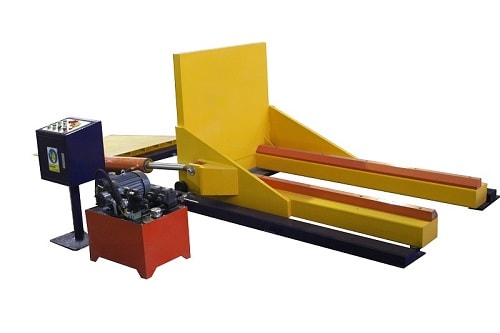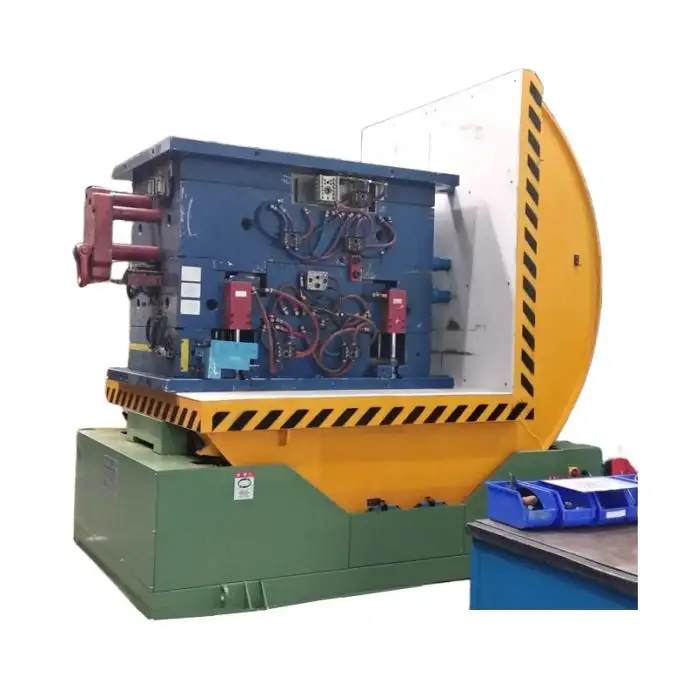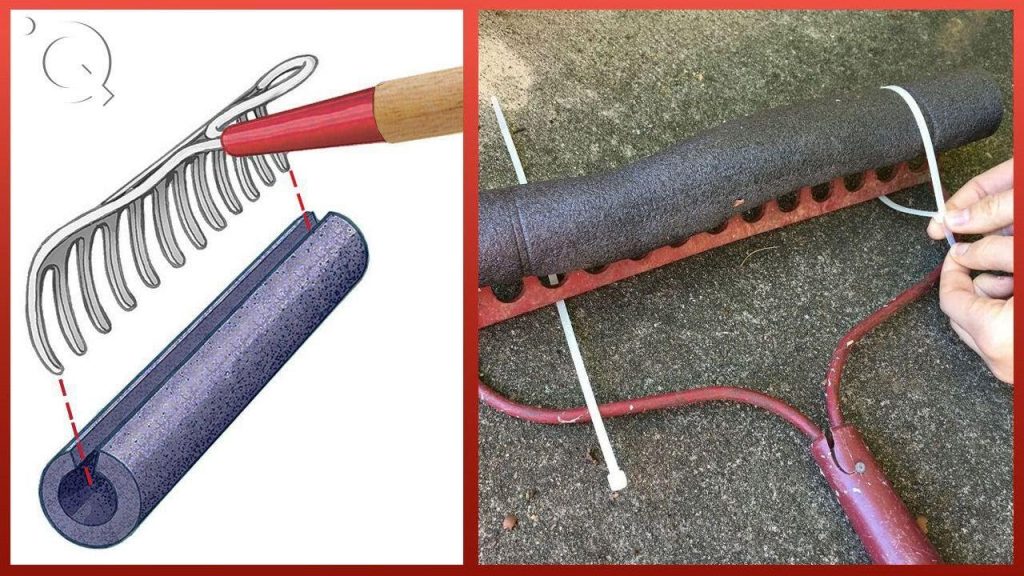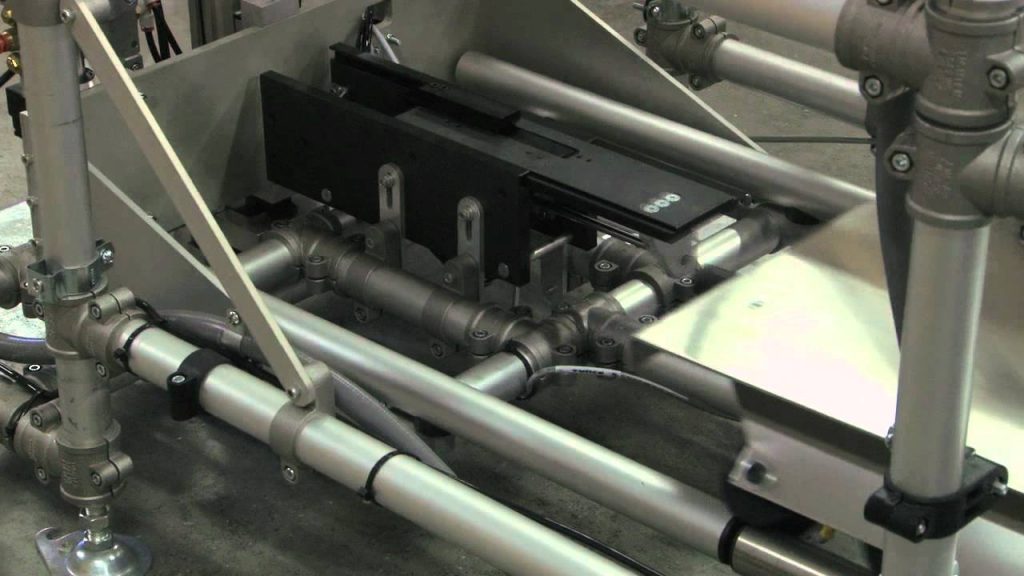Parts Tilters: Can They Really Boost Your Production Efficiency?
Looking to streamline parts handling and boost efficiency in your production line? Parts tilters offer an ergonomic and cost-effective solution for dispensing small components. They eliminate manual lifting and awkward reaching, improving worker safety and productivity.
For three decades, I've been immersed in the world of industrial equipment, witnessing firsthand the evolution of material handling solutions. One area that has consistently impressed me with its impact on efficiency and ergonomics is the application of parts tilters. When I first encountered these seemingly simple machines, I was struck by their potential to solve a very common problem in manufacturing and assembly: the inefficient and often hazardous handling of bins and containers filled with parts.
Let's face it, manually reaching into deep bins to retrieve small parts is a recipe for strain, fatigue, and ultimately, reduced productivity. Workers contort their bodies, increasing the risk of back injuries and repetitive strain injuries. This not only impacts employee well-being but also drives up costs through lost time and potential compensation claims. That’s where parts tilters come into play, offering a smart and surprisingly affordable solution.
What Exactly Are Parts Tilters and How Do They Work?
Essentially, a parts tilter is a piece of equipment designed to safely and efficiently tilt bins or containers of parts, bringing the contents within easy reach of workers. Instead of employees having to lean deep into a container, the tilter elevates and angles the bin, presenting the parts at an optimal ergonomic height and angle.
The model I'm focusing on, and one that I've seen implemented successfully in numerous facilities, utilizes a manual pump system. This is a robust and economical approach, particularly well-suited for environments where compressed air or electricity access might be limited, or where simplicity and reliability are paramount. The manual pump allows for precise tilting adjustment, typically offering a tilt range from 0 to 40 degrees. This range is usually sufficient for most parts dispensing applications, allowing for gravity to assist in bringing parts forward as the bin is tilted.
Take a look at these images and GIFs to get a clearer picture of how they operate:
[ ]
]
[ ]
]
[ ]
]
[]
What I appreciate about this design is its simplicity. It's not overly complex, meaning less can go wrong, and maintenance is straightforward. The manual pump is reliable, and the overall construction is built for industrial environments. The capacity, ranging from 2,000 to 3,500 lbs depending on the model, is substantial enough to handle a wide variety of parts bins.
Where Can You Actually Use Parts Tilters? Real-World Applications
The versatility of parts tilters is one of their strongest suits. Over the years, I’ve seen them deployed effectively across a broad spectrum of industries and applications. If you're dealing with small to medium-sized parts in bins, chances are a parts tilter can improve your operation. Here are just a few examples based on my experience:
- Assembly Lines: In assembly operations, especially those involving intricate or repetitive tasks, having parts readily accessible is crucial. Parts tilters positioned along the assembly line ensure that workers can quickly and easily grab the components they need without interrupting the flow or straining themselves. Think about electronics assembly, automotive component assembly, or even furniture manufacturing. Anywhere small parts are being assembled, tilters can make a difference.
- Machine Shops: Machine shops often deal with bins of fasteners, fittings, and small machined parts. Tilters can be used at workstations to provide easy access to these components, improving the efficiency of machinists and reducing downtime spent searching for parts.
- Warehousing and Distribution: While primarily designed for production, parts tilters can also be useful in warehousing and distribution centers, particularly in order picking areas. If orders involve picking smaller items from bins, tilters can make the process faster and more ergonomic for order fulfillment staff.
- Kitting Operations: Many manufacturing processes involve kitting, where sets of parts are assembled together for a specific task or product. Parts tilters can streamline kitting operations by presenting all the necessary components in an organized and accessible manner.
- Repair and Maintenance: Even in maintenance workshops, parts tilters can be beneficial. Technicians often need to access small parts for repairs, and tilters can make this process more efficient and less physically demanding.
Essentially, any situation where workers are repeatedly reaching into bins for parts is a potential application for a parts tilter. The benefits extend beyond just ergonomics; they translate directly into increased productivity and reduced operational costs.
Key Features That Make These Tilters Stand Out
Let's delve into some of the specific features that, in my experience, make these particular parts tilters a practical and effective solution:
-
Manual Pump Tilt with Controlled Descent: The manual hydraulic pump is a workhorse. It’s reliable, easy to operate, and provides precise control over the tilting action. Importantly, it also includes a manual release valve for controlled lowering. This is a safety feature as it prevents the bin from slamming down, protecting both the operator and the parts.
-
Dual Handles for Easy Tilting: A seemingly small detail, but the inclusion of dual handles on either side of the tilter is a smart ergonomic design. It allows operators to tilt the bin from either side, eliminating the need to walk around the unit and improving workflow.
-
Chute Lock for Secure Transport: Mobility is often key in a dynamic production environment. These tilters are equipped with chute locks that secure the bin in place during transport. This is crucial for safety when moving the tilter with a load, preventing accidental tilting and spillage.
-
Built-in Fork Pockets for Easy Relocation: Fork pockets are a standard feature, and for good reason. They allow for easy transport using a forklift or walkie stacker. This means you can easily reposition the tilter within your facility as production needs change, adding to its flexibility.
-
Centrally Located Release Valve: The release valve, positioned at the chute end, is another thoughtful ergonomic touch. It minimizes unnecessary movement for the operator when lowering the bin, contributing to a more efficient and less tiring operation.
-
Customization Options: While the standard models are versatile, the option to customize bin and chute sizes is a significant advantage. This allows you to tailor the tilter to your specific parts and container dimensions, optimizing its performance for your unique application. I've seen custom chutes designed to precisely direct parts into specific containers or workstations, further enhancing efficiency.
-
Stackable Design for Space Saving: In many facilities, space is at a premium. The fact that these tilters are stackable when not in use is a practical feature that helps save valuable floor space.
Integrating Parts Tilters into Your Workflow: It's Easier Than You Think
Implementing parts tilters into your existing production line is generally a straightforward process. Their mobility, thanks to the fork pockets, means they can be easily integrated into different areas as needed. You can use them as standalone units at workstations or even mount them on lift carts for even greater flexibility.
Imagine equipping a mobile lift cart with a parts tilter. This creates a self-contained, mobile parts dispensing station that can be moved to wherever it’s needed most. This is particularly useful in dynamic production environments or for servicing different areas of a large facility.
Another effective approach is to use a walk-behind stacker to transport and position the parts tilter. This combination provides both mobility and lifting capability, making it easy to move and precisely position the tilter at various workstations or assembly points.
Specifications at a Glance: Choosing the Right Model
To help you select the right parts tilter for your needs, here’s a summary of the key specifications across different models:
Model Specifications:
| Model | Capacity | Tilt | Bin Dimensions (W x L x H) | Bin Volume (ft³) | Overall Dimensions (W x L x H) | Chute Length |
|---|---|---|---|---|---|---|
| LPPH-30-12 | 2,000 lbs | 0-40° | 24" x 30" x 12" | 5 | 26" x 40" x 19.2" | 16" |
| LPPH-36-12 | 3,000 lbs | 0-40° | 24" x 36" x 12" | 6 | 26" x 46" x 19.2" | 16" |
| LPPH-36-16 | 3,000 lbs | 0-40° | 24" x 36" x 16" | 8 | 26" x 46" x 23.2" | 16" |
| LPPH-40-16 | 3,500 lbs | 0-40° | 28" x 40" x 16" | 10.3 | 30" x 50" x 23.2" | 16" |
Key Standard Features:
- Tilt Range: 0° - 40°
- Tilt Adjustment: 1° per pump stroke
- Dual Pump Levers
- Manual Lowering Control Valve
- Chute Locks
- Fork Pockets
- Stackable Design
Available Options:
- Custom Bin Sizes
- Custom Chute Sizes
- Mounting Options (for stackers and carts)
Beyond Manual Tilters: Exploring Other Options in Material Handling
While manual parts tilters like the Maxx-Parts series offer a fantastic balance of cost-effectiveness and functionality, it's worth noting that there are other types of tilters and material handling solutions available, each with its own set of features and benefits. Understanding these alternatives can help you make the most informed decision for your specific needs.
- Hydraulic Tilters: For heavier loads or applications requiring more frequent and faster tilting cycles, hydraulic tilters are a robust option. These typically use electric or pneumatic power to drive the tilting mechanism, offering higher capacities and faster operation compared to manual tilters. Hydraulic tilters are often found in high-volume production environments or where very heavy bins need to be handled.
- Pneumatic Tilters: Pneumatic tilters utilize compressed air to power the tilting action. They offer a good compromise between manual and hydraulic systems, providing faster and easier tilting than manual models but with lower power requirements than hydraulic systems. Pneumatic tilters are often chosen in environments where compressed air is readily available.
- Floor-Level Tilters: Some tilter designs are built to be very low profile or even at floor level. These are particularly useful when loading and unloading heavy bins with pallet jacks or when integrating the tilter directly into a floor-level conveyor system. Floor-level tilters minimize lifting heights and make loading easier.
- Rotary Tilters: In addition to tilting, rotary tilters offer the ability to rotate the bin, often through 360 degrees. This can be beneficial for applications where parts need to be emptied completely or oriented in a specific direction. Rotary tilters are often used in dumping or emptying applications.
- Lift and Tilt Tables: Combining lifting and tilting functionality, lift and tilt tables offer even greater ergonomic flexibility. These tables can raise the load to an optimal working height and then tilt it for easy access to parts. They are ideal for applications requiring both height adjustment and tilting.
When considering material handling equipment, it's crucial to evaluate your specific needs, including the weight and size of parts, the frequency of use, the available power sources, and the overall workflow. Manual parts tilters are an excellent starting point for many applications, offering a cost-effective and ergonomic solution for improving parts dispensing. However, exploring the broader range of tilter options and related material handling equipment ensures you select the best solution to optimize your operations and enhance worker well-being.
In my 30 years in this industry, I've learned that even seemingly simple tools like parts tilters can have a profound impact on productivity and safety. By carefully considering your needs and exploring the available options, you can make smart investments that pay dividends in efficiency, ergonomics, and overall operational performance.




